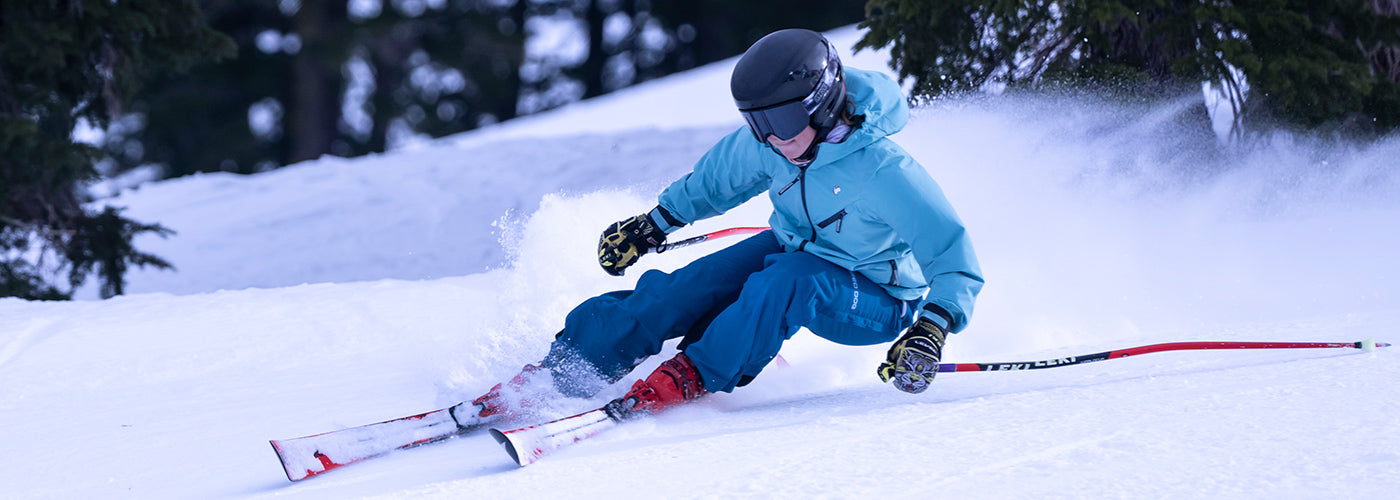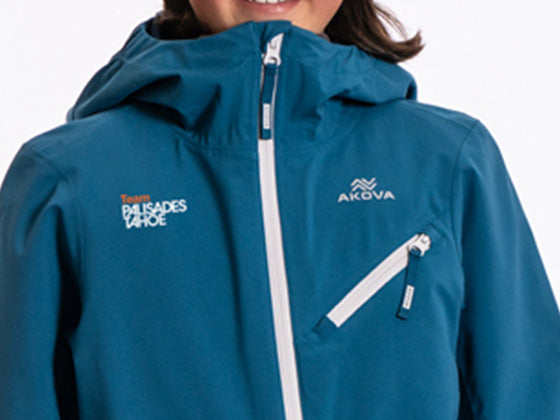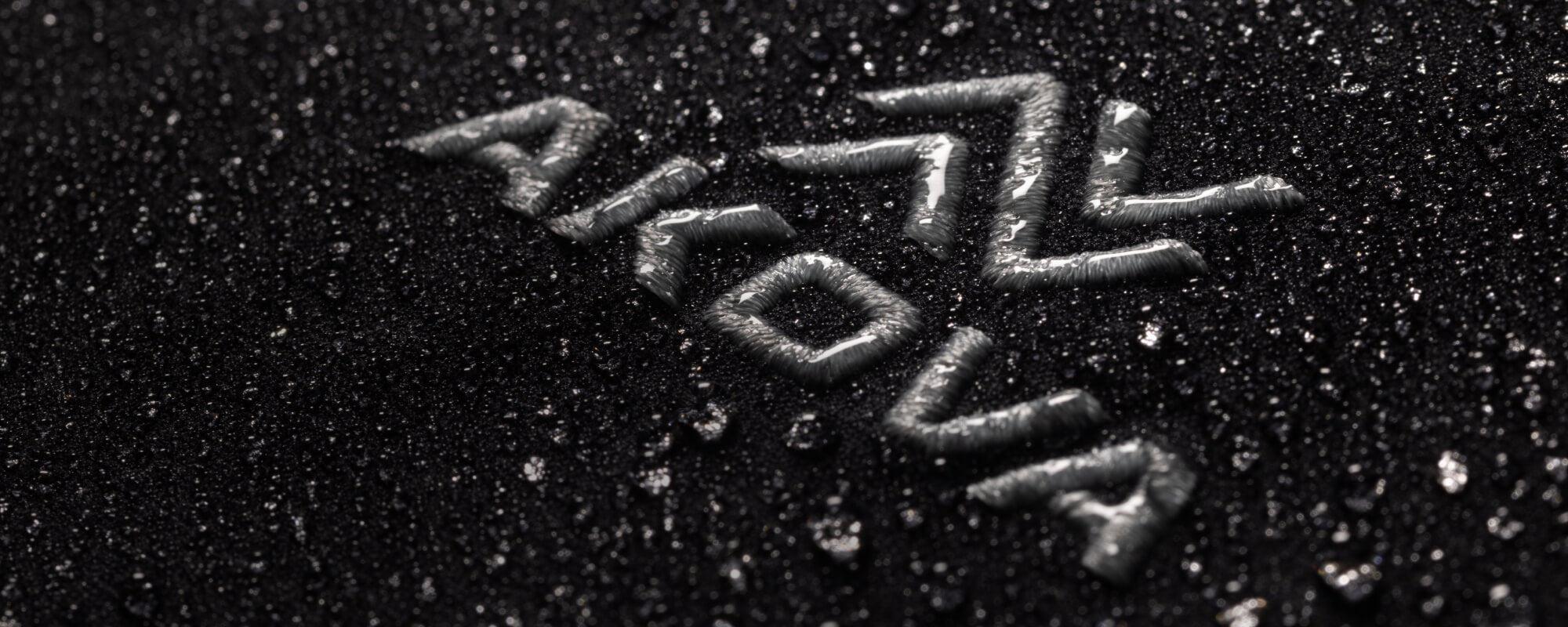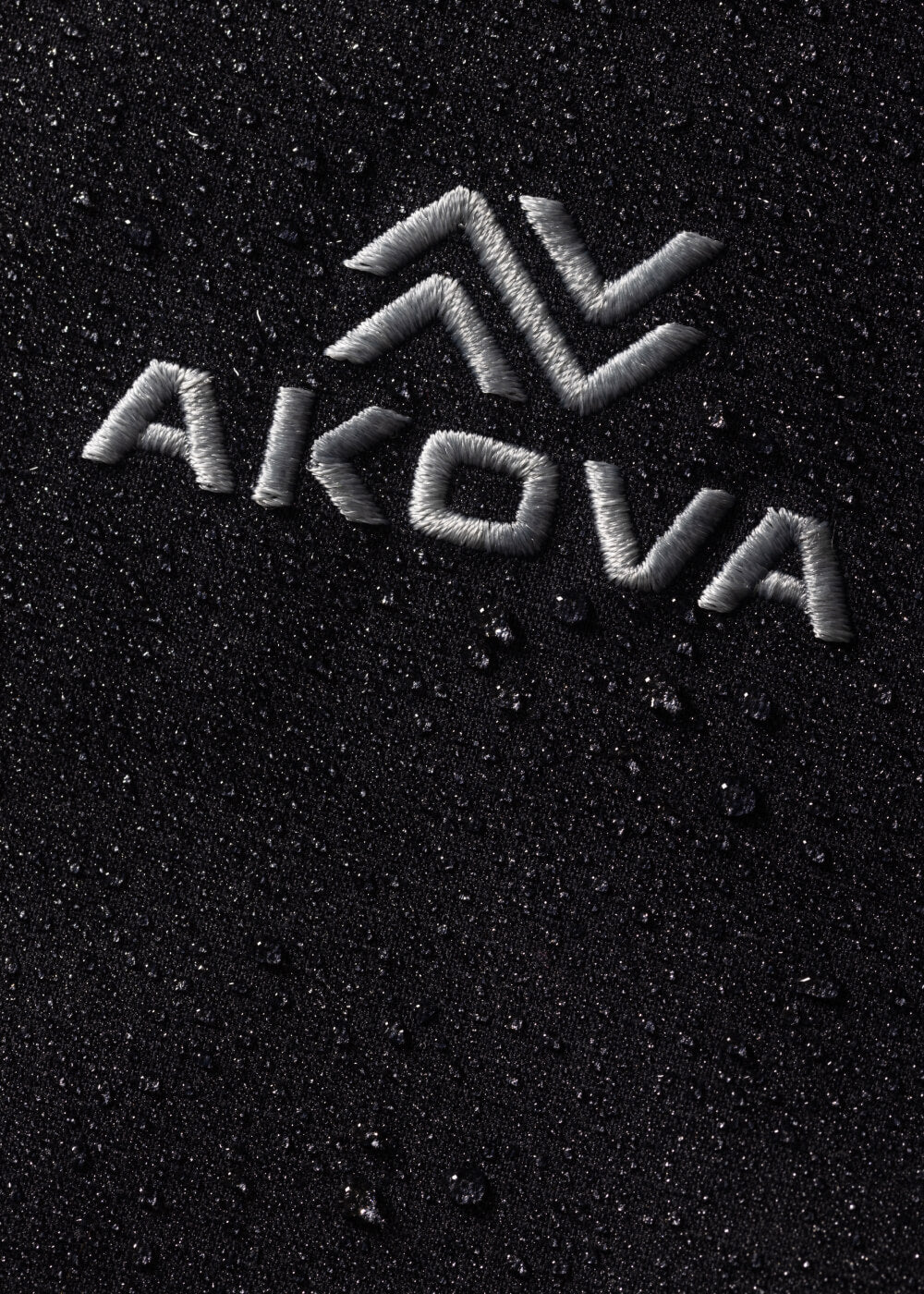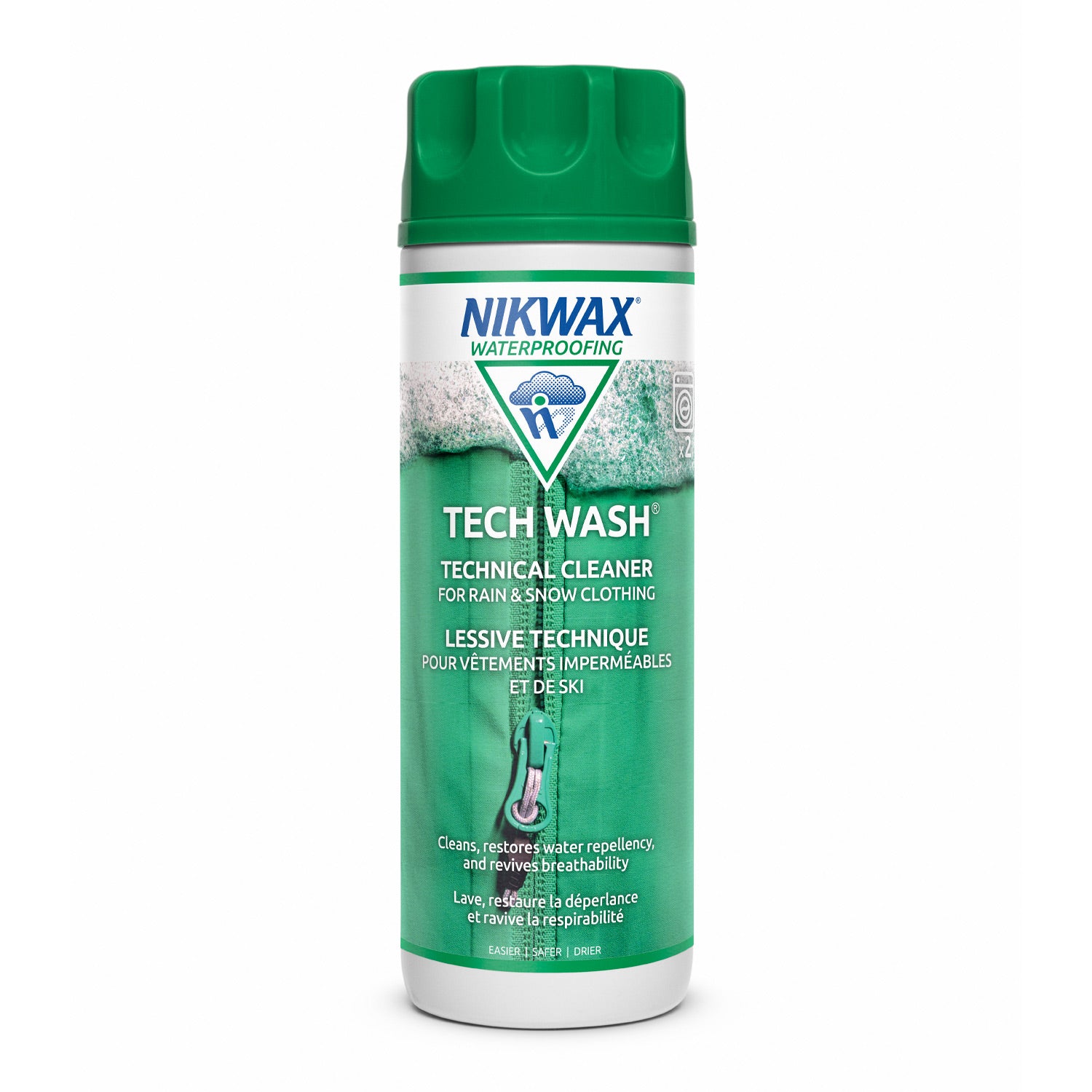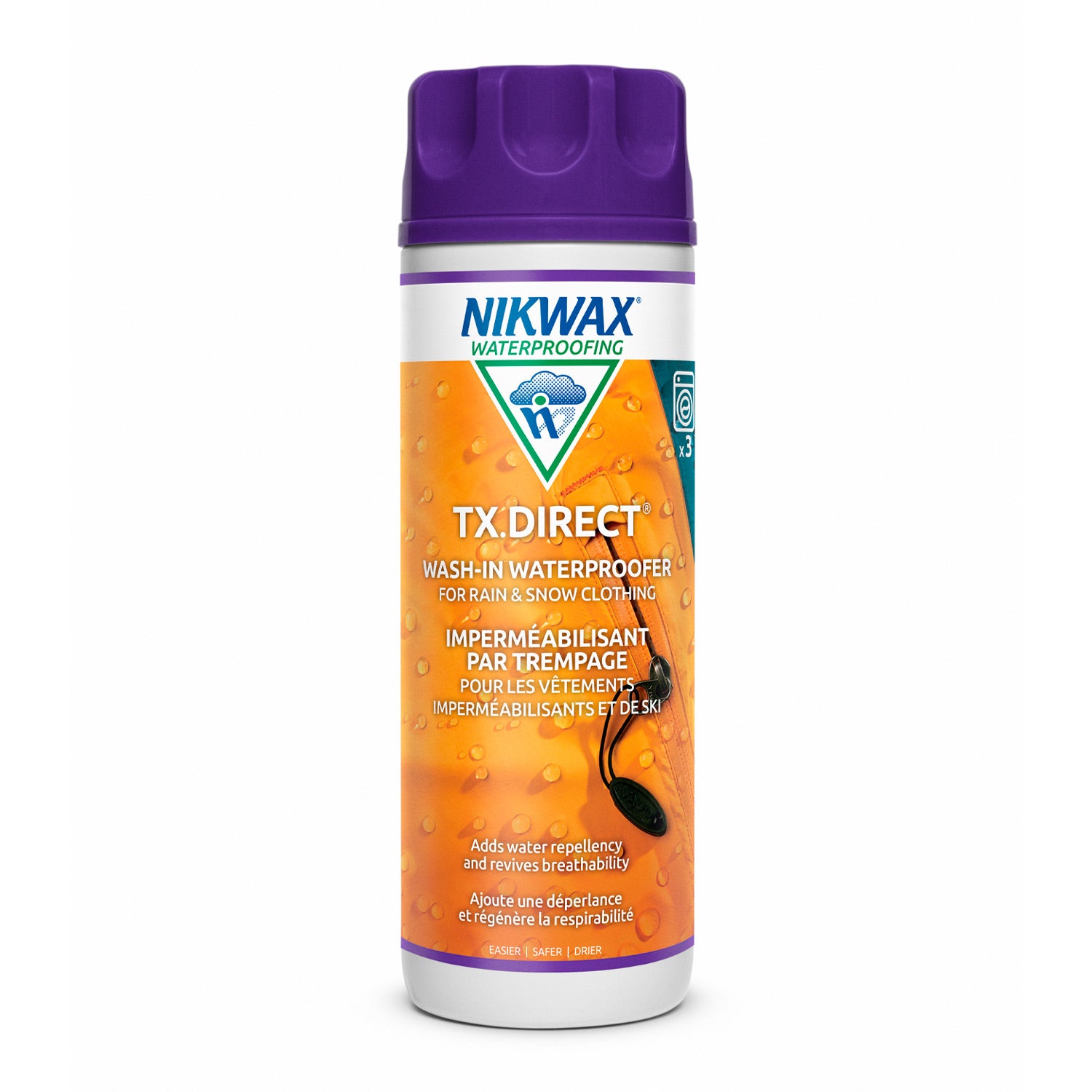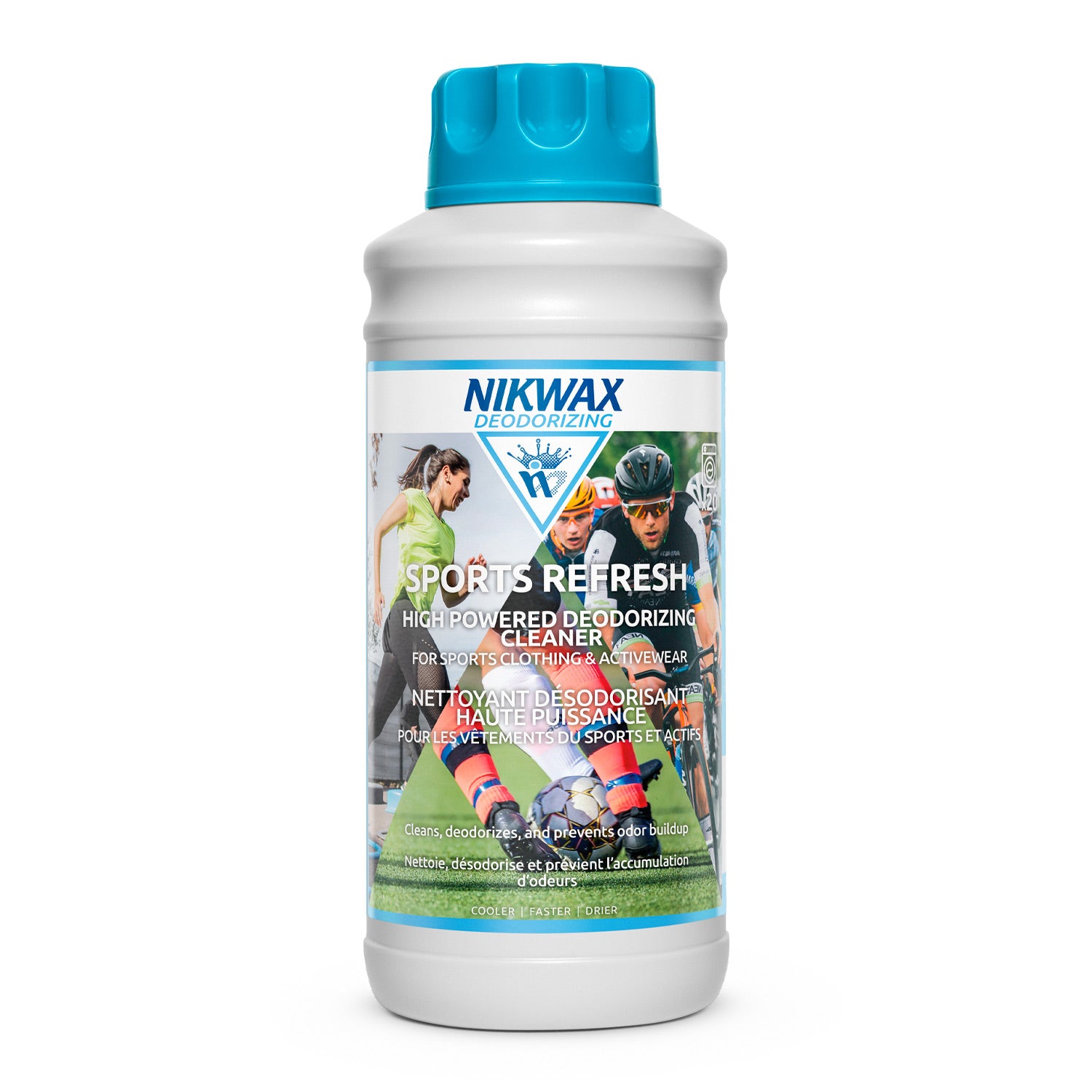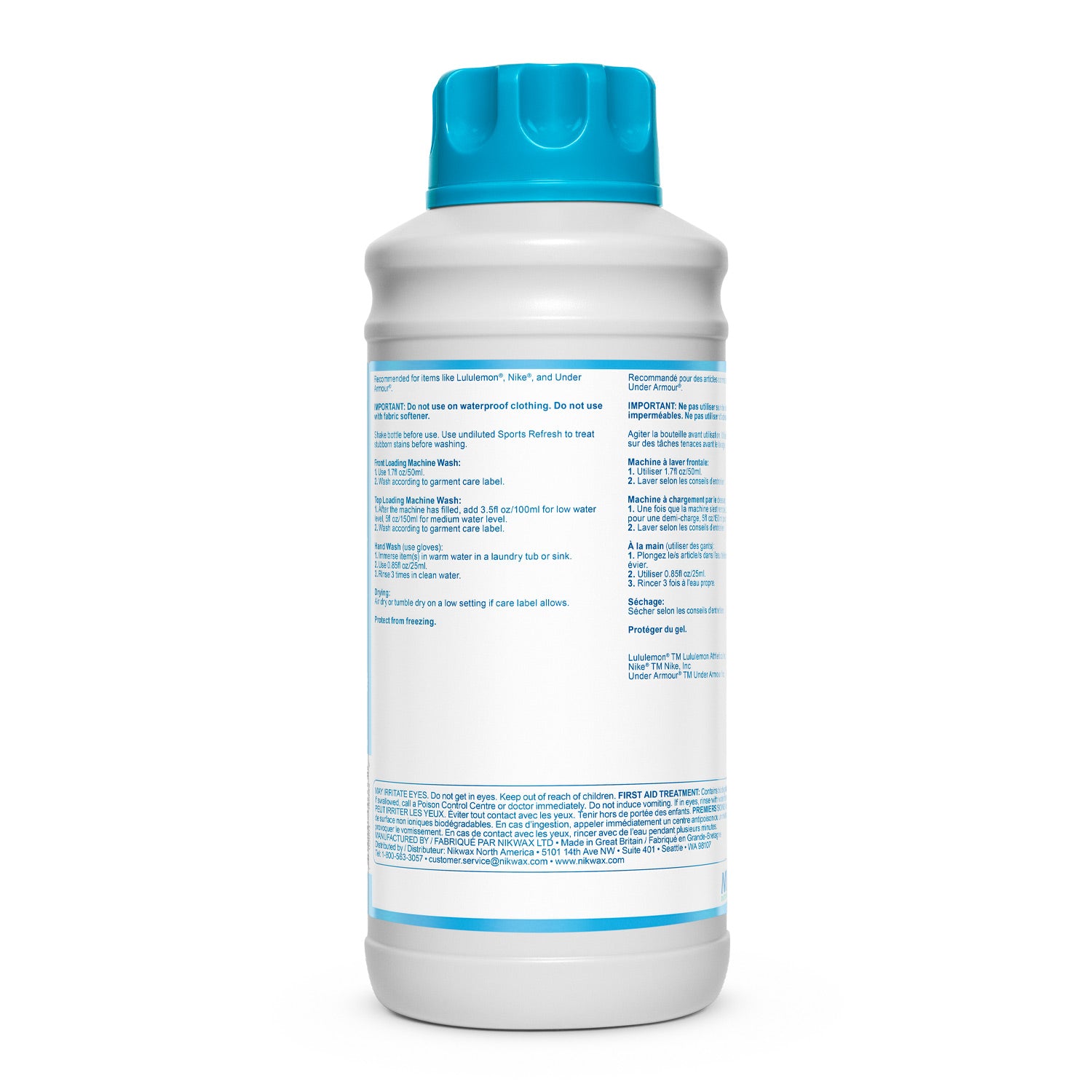the importance of proper gear care
A well cared for garment will deliver higher performance and is a longer-lasting and, therefore, more sustainable garment. From synthetic baselayers to waterproof/breathable outerwear, technical apparel is made with advanced materials to provide functional performance. At AKOVA, we also place a premium on building gear that will last a long time. And much like a high-performance engine that requires care and maintenance to perform at the highest level over extended periods of time, proper care and maintenance of your apparel is also required.
clean gear performs best
The primary factor that limits the performance of technical outerwear is when it is no longer clean. Dirt, oils, and other particles and contaminants will degrade the performance of both the durable water repellent (DWR) and the waterproof/breathable membrane. The reason is similar in both cases. DWRs create a microscopic layer of tiny "spikes" that keeps water droplets on the surface where they bead up and roll off. Not only will dirt and other particles fill in the spaces between the DWR, but they can abrade the DWR layer when you move and the garment rubs against itself. In both cases, the face fabric will start to wet out more quickly. And when the face fabric wets out, the membrane will still maintain the waterproofness but breathability is hampered. Similarly, waterproof/breathable membranes are porous and can become clogged with contaminants over time, further reducing the breathability of the garment.
The same principles also apply to synthetic baselayers, technical shirts, and related sports clothing. These garments use fabrics that are designed to be moisture-wicking and fast-drying, keeping you dry and comfortable while working up a sweat. When these garments get dirty, the wicking capability is reduced, resulting in a garment that gets and stays wet. Additionally, some fabrics (such as polyester) are oleophilic, meaning they attract oils (vs oleophobic which repels oils). As a result, body oils that cause odor are absorbed and retained in the fabric. With conventional detergents, washing will "cover up" those odors temporarily but not remove them. Once your body and the garment increase in temperature, those odors can return.
For waterproof/breathable outerwear and synthetic baselayers alike, specialized PFC-free cleansers (such as Nikwax) and specific cleaning techniques are highly recommended for best results and an environmentally-friendly solution.

washing instructions
for hardshells, pants, & synthetic insulation
1. Clean detergent reservoir and run one rinse cycle to remove any detergent residue in your washing machine.
2. Close all garment zippers and velcro closures.
3. Do not use conventional detergents. Use a technical wash designed for outerwear. We recommend Nikwax Tech Wash.
4. Use an Extra Rinse wash cycle if available on your machine (or run an additional rinse only cycle after washing.
5. Tumble dry low or air dry. Do no use dryer sheets.
6. Follow any other instructions on the garment care label and Nikwax product labels.
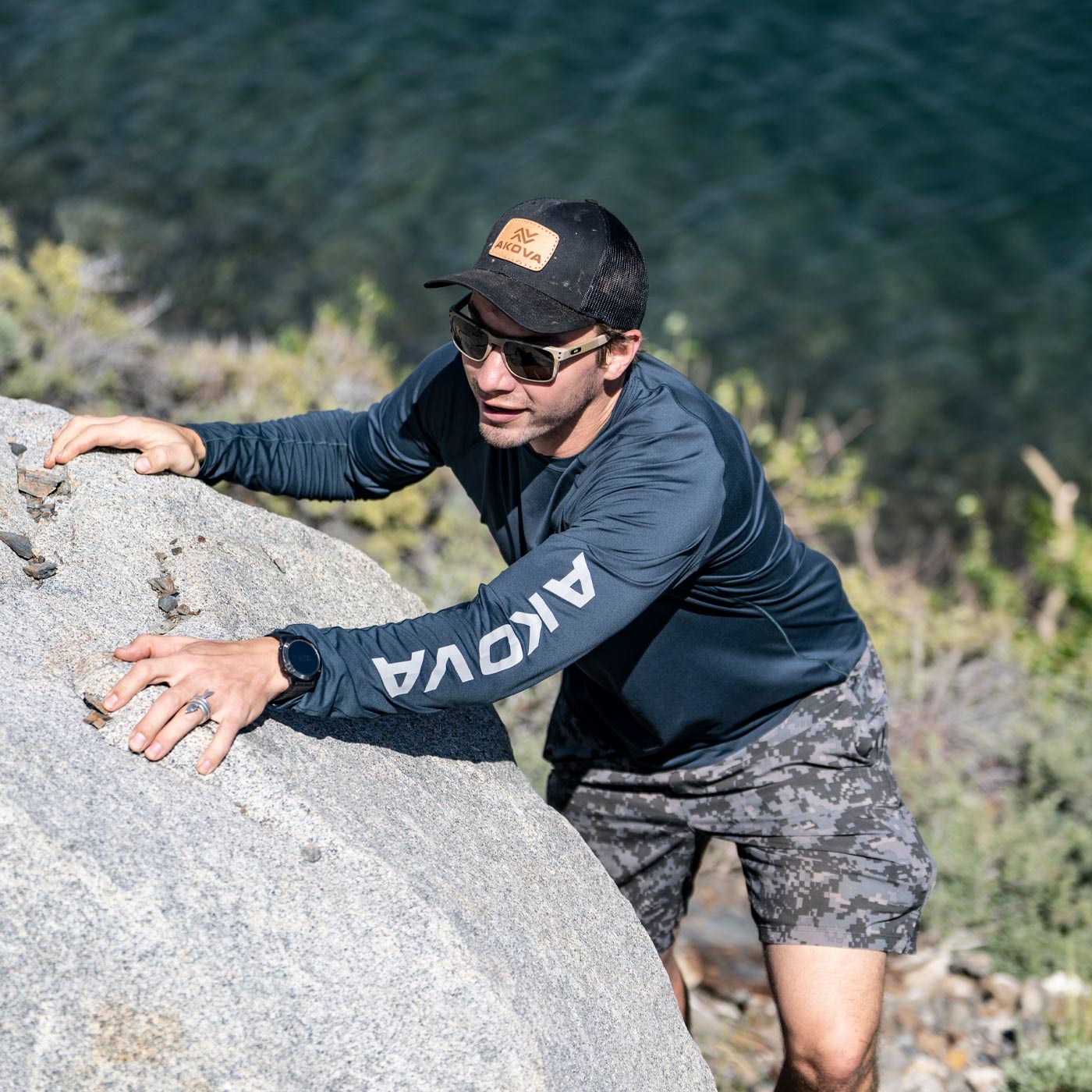
washing instructions
for synthetic baselayers and active shirts
1. Close zippers, if applicable (for instance with 1/4-zip tops).
2. For best results, do not use conventional detergents. We recommend Nikwax Sports Refresh.
3. Tumble dry low or air dry. Do not use dryer sheets.
Common Questions
Conventional laundry detergents can leave behind residues on outerwear garments that will negatively impact the performance of both the DWR and the waterproof/breathable membrane in the same way that dirt and other contaminants do. Similarly, these detergents are not deodorizing enough for baselayers and related sports clothing and their residues reduce the wicking properties of the garments.
It's true that machine washing a garment will reduce the performance of the DWR compared to when it was brand new from the factory (DWR's are durable water repellents not permanent water repellents). However, the DWR performance of a cleaned garment will be significantly greater than one that is soiled and in need of cleaning.
Depending on the zipper and garment materials, the teeth may abrade the various fabrics while the garment is tumbling in the washer and dryer.
The answer really depends on how often it is used and how dirty it gets. Next-to-skin baselayers, for example, should likely be washed after every use. Whereas a shell that isn't used many days during winter, perhaps may only need washing once or twice a season. Most importantly, if there is visible soiling or you notice water is not beading up on the surface as it once did, then it is definitely time to clean your gear.
After repeated use and many wash cycles, all DWRs will eventually degrade and lose their effectiveness (afterall, they are "durable" water repellents, not "permanent" water repellents). However, when that occurs, an aftermarket re-waterproofing solution can be used. As with the wash products mentioned on this page, we recommend Nikwax TX.Direct.
Yes. All Nikwax products are water-based, PFC-free, environmentally-friendly, and entirely safe for in-home use.
Starting in 2024, all gear in our Element and Elevated lines have moved to C0 DWRs that are PFC-free. Historically, the C0 options available did not provide enough water-resistance so, like many other brands, we had used C6 chain DWRs which were the most environmentally friendly yet still highest performing options at the time. The C0, PFC-free alternatives have been improving every year and, given our commitment to sustainability, we are currently in the process of testing to move our Legacy products from C6 to C0 DWR.
